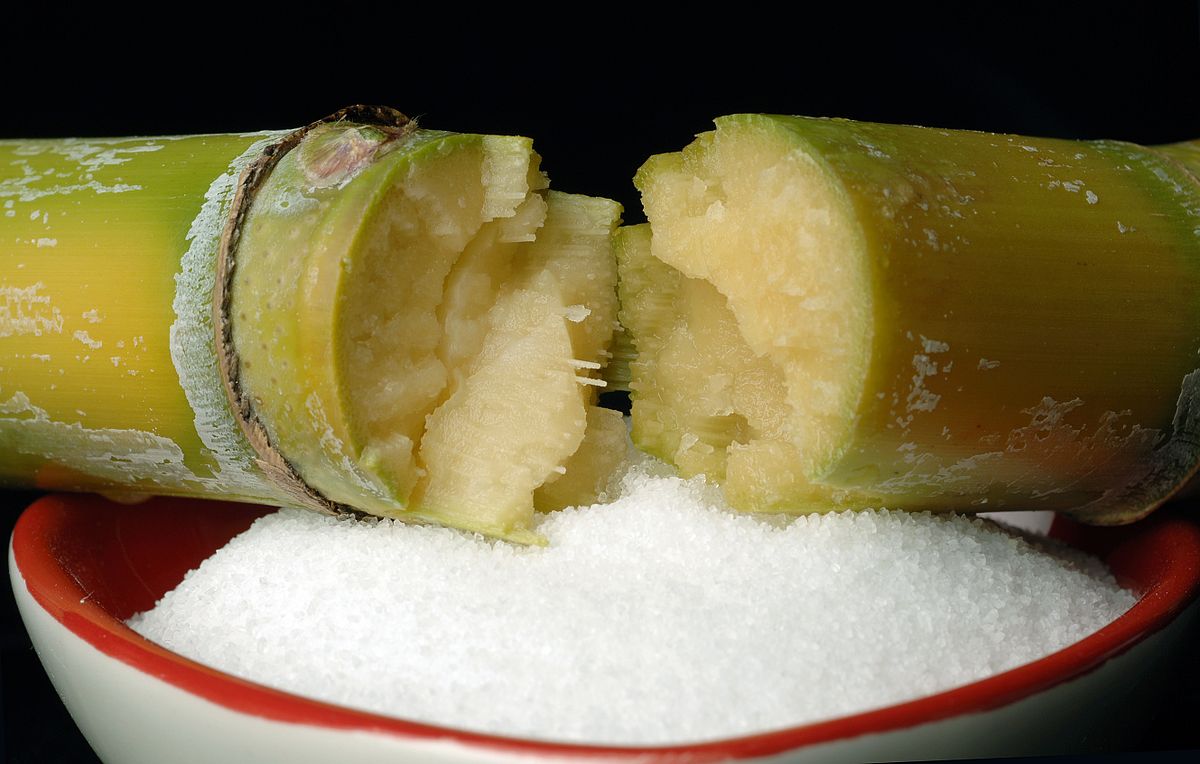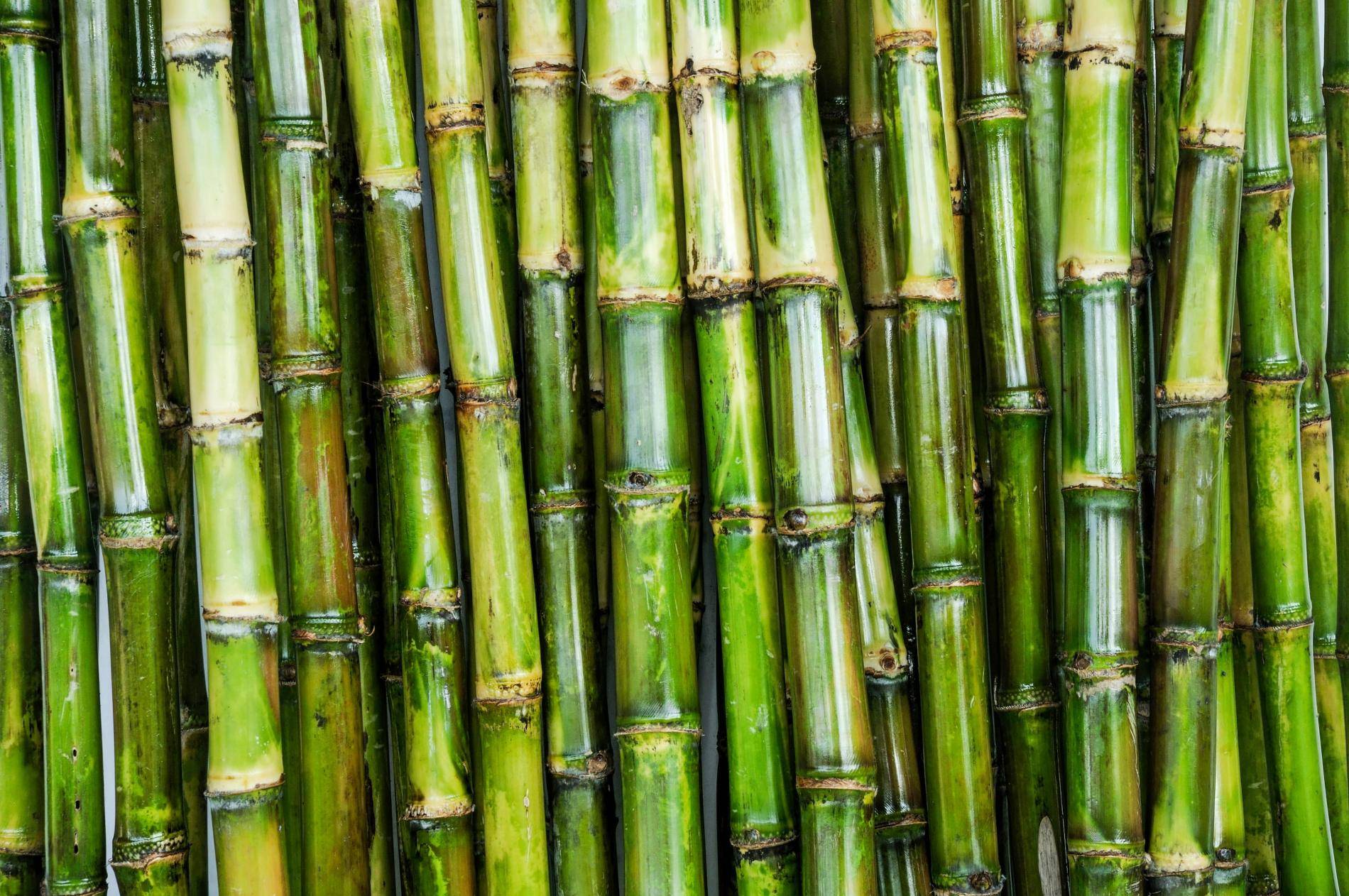The Science Behind Cane Sugar Processing: How Sweetness is Fine-tuned
The Science Behind Cane Sugar Processing: How Sweetness is Fine-tuned
Blog Article
Exploring the Comprehensive Tips Associated With Cane Sugar Handling From Gathering to Refinement
The process of walking stick sugar manufacturing encompasses a series of detailed steps, starting with the mindful harvesting of sugarcane and culminating in the refinement stages that make certain the final item meets sector standards. Each phase, from the removal of juice to the purification and condensation procedures, plays an essential duty in figuring out the top quality and personality of the sugar.
Harvesting Sugarcane
Gathering sugarcane is a critical action in the walking cane sugar processing chain, as it straight influences the quality and yield of the end product. Proper timing and techniques are necessary throughout this stage to make sure optimum sugar web content and decrease losses. Commonly, sugarcane is collected when it reaches maturity, usually 12 to 18 months after growing, identified by a high sucrose focus.

Post-harvest, the sugarcane has to be refined quickly to prevent sucrose degradation. Ideally, collected walking cane must be delivered to refining centers within 24-hour to protect sugar high quality. For that reason, effective logistical preparation is vital to preserve the integrity of the collected crop throughout the supply chain.
Extraction Process

The smashed walking cane undergoes a collection of pressing operations to maximize juice recovery. Usually, warm water is sprayed onto the crushed walking cane, developing a countercurrent circulation that helps dissolve the sugar while additionally assisting in the extraction process. The juice accumulated from this procedure consists of not only sugar but additionally various natural compounds and impurities.

To boost extraction efficiency, some facilities may utilize diffusion approaches, where the sugarcane is taken in warm water, permitting the soluble sugars to diffuse right into the fluid. The resulting juice, abundant in sucrose, is after that routed to succeeding handling phases, laying the structure for filtration and improvement. The removal procedure is hence crucial in determining the quality and yield of the final sugar item.
Filtration Methods
The purification techniques employed in walking cane sugar handling are important for transforming the raw juice into a top quality sugar product. These methods primarily intend to get rid of contaminations, such as dirt, plant materials, and not natural materials, which can negatively affect the last product's taste and shade.
Among one of the most typical purification techniques is explanation. This procedure includes adding lime and heat to the raw juice, which facilitates the coagulation of contaminations. The investigate this site resulting precipitate is then removed via sedimentation or purification, producing a clearer juice. In addition, resource using phosphoric acid can enhance the explanation procedure by further binding contaminations.
One more significant method is carbonatation, where carbon dioxide is presented to the clarified juice. This response produces calcium carbonate, which records remaining contaminations and promotes their elimination.
Additionally, turned on carbon treatment might be put on adsorb any kind of remaining colorants and organic contaminations, making sure a more polished item. The combination of these approaches efficiently prepares the sugar juice for succeeding action in the refining process, establishing the stage for the manufacturing of top notch cane sugar.
Condensation Approaches
After the purification phase, the following crucial action in cane sugar processing entails crystallization techniques, which play a crucial role in changing the made clear juice into solid sugar. This process commonly employs two main approaches: spontaneous crystallization and controlled condensation.
In spontaneous formation, supersaturated sugar remedies are permitted to cool down normally, leading to the development of sugar crystals over time. This approach permits for the consistent development of sugar crystals and greater pureness.
During crystallization, the clarified juice is concentrated with evaporation, increasing its sugar material until it reaches supersaturation. When this factor is attained, either method can help with the formation process. Cane Sugar Processing. The resultant sugar crystals are after that separated from the continuing to be syrup via centrifugation
Eventually, the option of formation approach impacts the high quality, size, and pureness of the last sugar product, making this step essential in the total walking cane sugar processing treatment.
Improvement and Packaging
Exactly how can the purity and high quality of walking cane sugar be additionally boosted after condensation? The improvement process plays a critical role in attaining top quality walking cane sugar.
Next, the sugar goes through a procedure called centrifugation, where it is spun at high rates to separate the cleansed sugar crystals from the continuing websites to be liquid. After centrifugation, the sugar is commonly more refined via a method called carbonization or phosphatation, which makes use of activated carbon or phosphoric acid to eliminate color and off-flavors.
As soon as improved, the sugar is dried to attain the desired wetness web content, making sure that it remains steady throughout storage and transport. The last step involves product packaging the refined sugar in impermeable and moisture-proof containers to maintain its high quality and stop contamination. Cane Sugar Processing. Correct product packaging not only extends shelf life however likewise promotes very easy handling and circulation, making sure that consumers get sugar that meets the highest standards of purity and quality
Conclusion
The comprehensive steps involved in walking stick sugar processing, from the precise harvesting of sugarcane to the elaborate refinement and packaging stages, underscore the significance of each phase in guaranteeing top quality sugar manufacturing. Optimum harvesting strategies, effective extraction methods, and rigorous filtration procedures jointly add to the end product's purity and security. The formation and succeeding packaging practices even more enhance the stability and rack life of the sugar, highlighting the complexity and accuracy integral in this vital agricultural sector.
The process of walking cane sugar production includes a series of elaborate steps, starting with the mindful harvesting of sugarcane and culminating in the improvement phases that guarantee the last product meets sector requirements. Ideally, collected walking stick should be transported to refining facilities within 24 hours to maintain sugar high quality.In spontaneous crystallization, supersaturated sugar remedies are enabled to cool down normally, leading to the formation of sugar crystals over time - Cane Sugar Processing. The improvement process plays an essential role in attaining top notch walking stick sugar.The comprehensive actions included in cane sugar handling, from the precise harvesting of sugarcane to the detailed refinement and product packaging stages, underscore the importance of each stage in making sure premium sugar production
Report this page